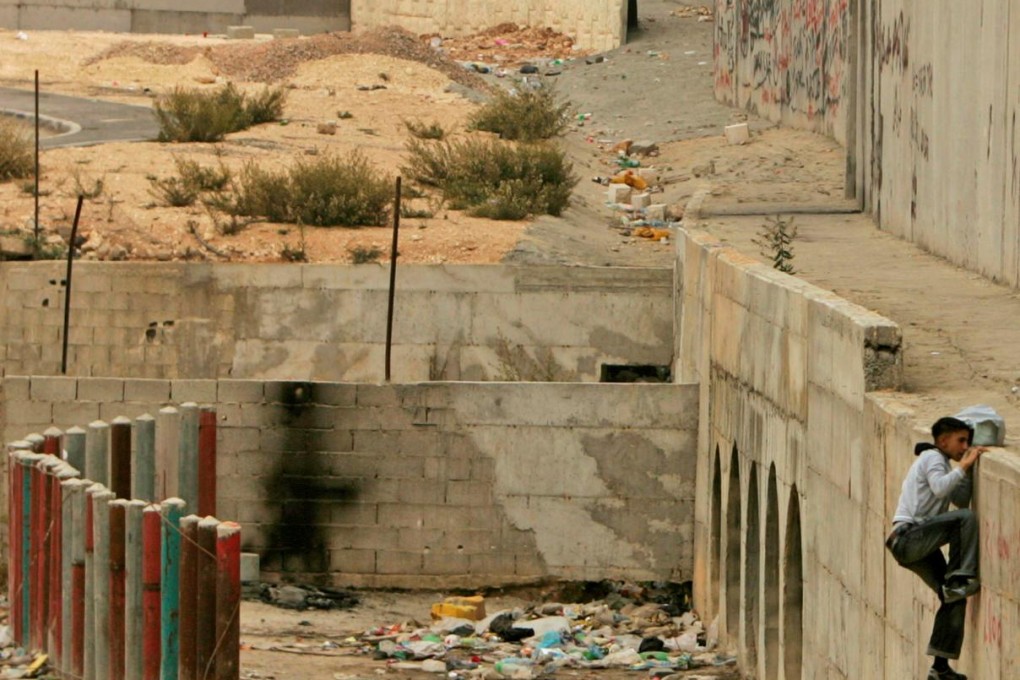Letters to the Editor, June 6, 2014
I object to the slanted journalism in the article in PostMagazine ("Up against the wall", May 25).

This article, together with the front cover showing hands holding onto prison-like bars with the headline ("The state of Palestine"), inaccurately portrayed and emphasised the West Bank and Gaza as large prison-like enclaves unfairly imposed by Israel, which they are surely not.
The author, Kit Gillet, failed to note that Israel's security barrier between Israel and the West Bank is 97 per cent chain link fence and only three per cent high cement walls. These walls were only built in those places with a history of Palestinian gunmen shooting into Israel, killing and wounding civilians. The wall became a necessary bullet barrier protecting Israelis, thanks to the Palestinians.
Moreover, for more than 35 years after the six-day war of June 1967, there was no security barrier at all between Israel and the West Bank. Palestinians were free to come and go into Israel. Why did this change?
In 2002, after more than 1,000 Israelis were killed and wounded in suicide bombings and other Palestinian attacks on Israeli civilians, the Israeli government started constructing the security barrier to keep West Bank Palestinian terrorists from entering Israel. This step was brought on by the Palestinians themselves, a point omitted by Gillet.
The security barrier has been a success: in 2013 there was not a single terrorist attack in Israel emanating from the West Bank.